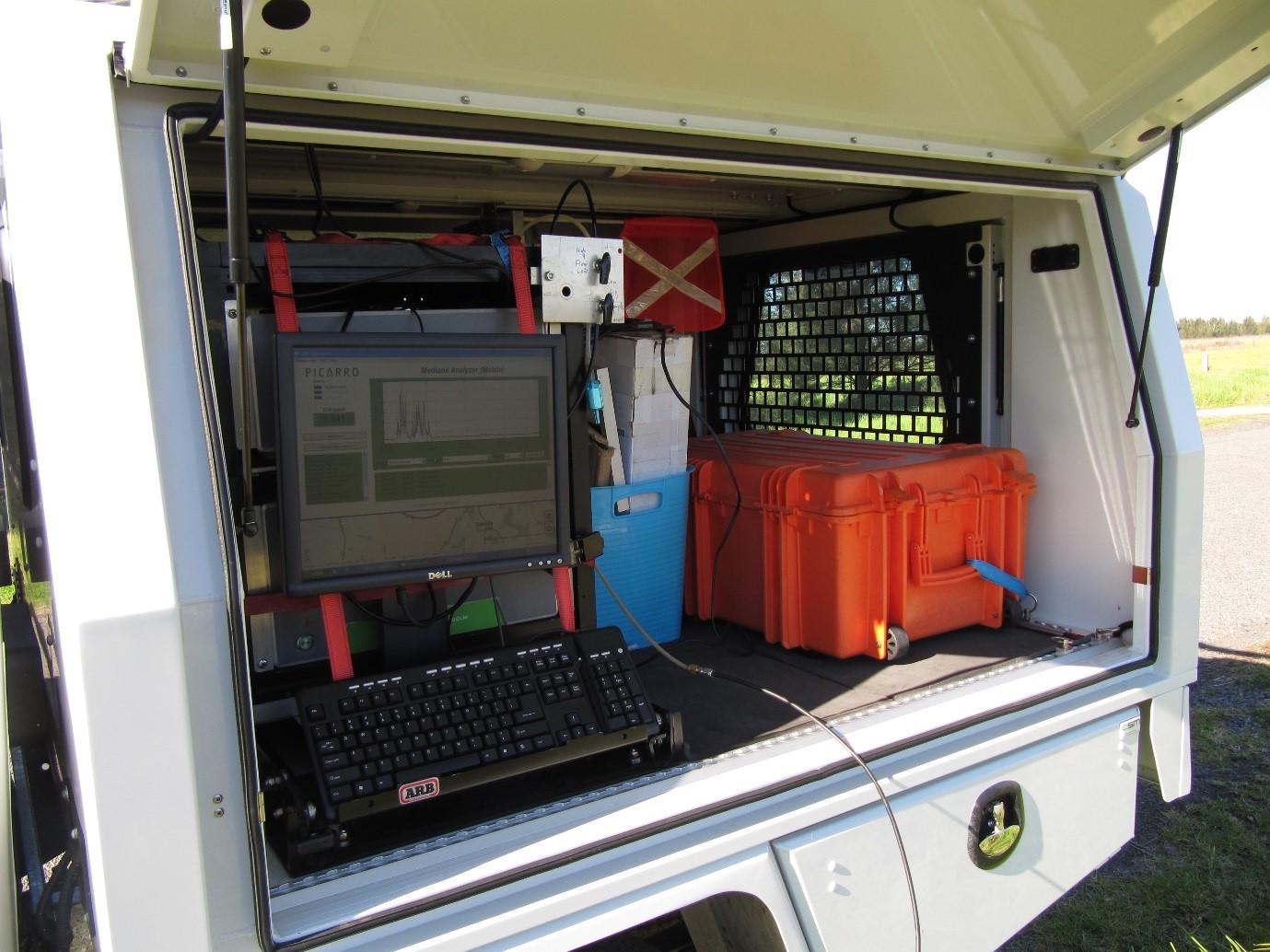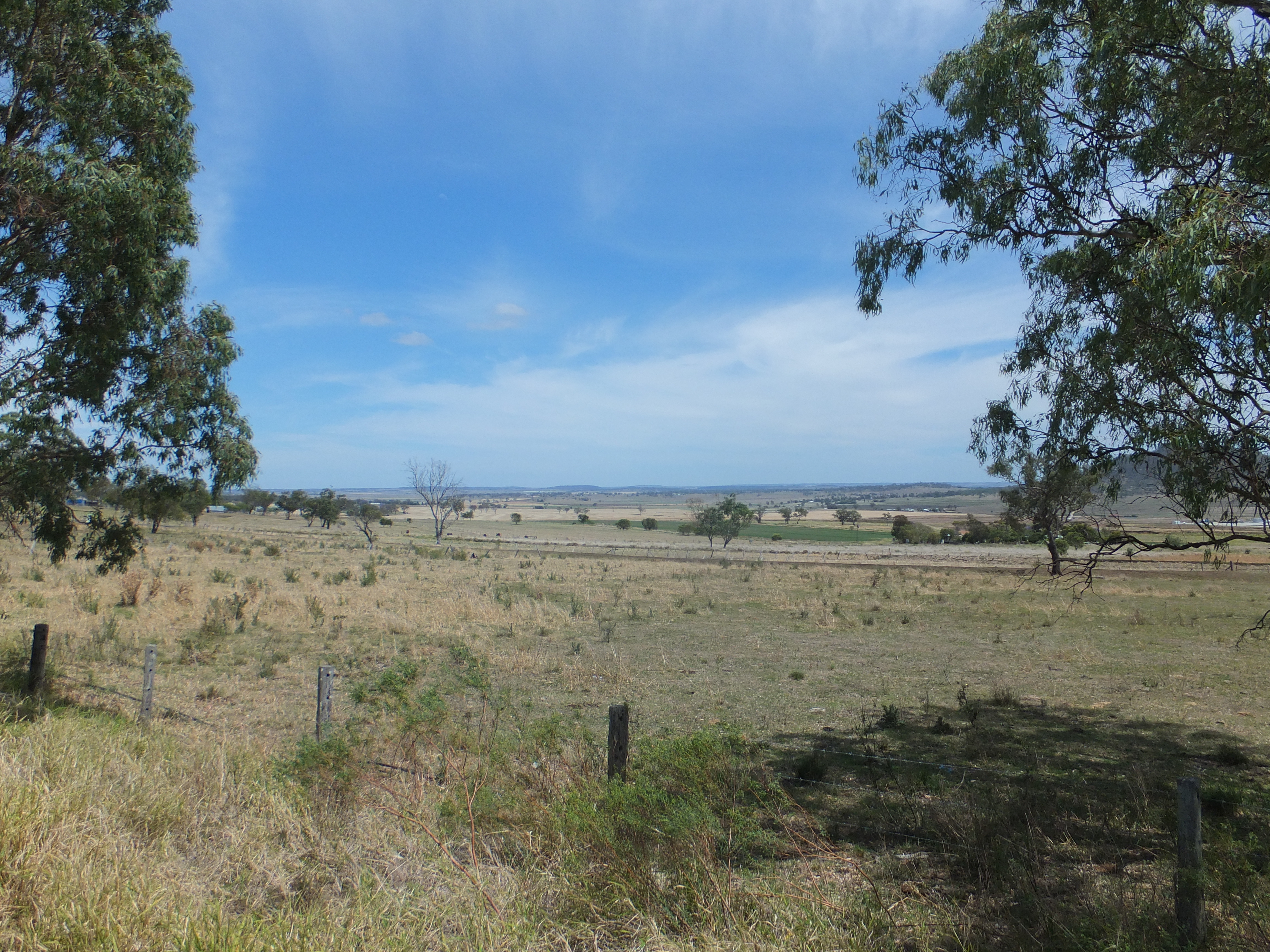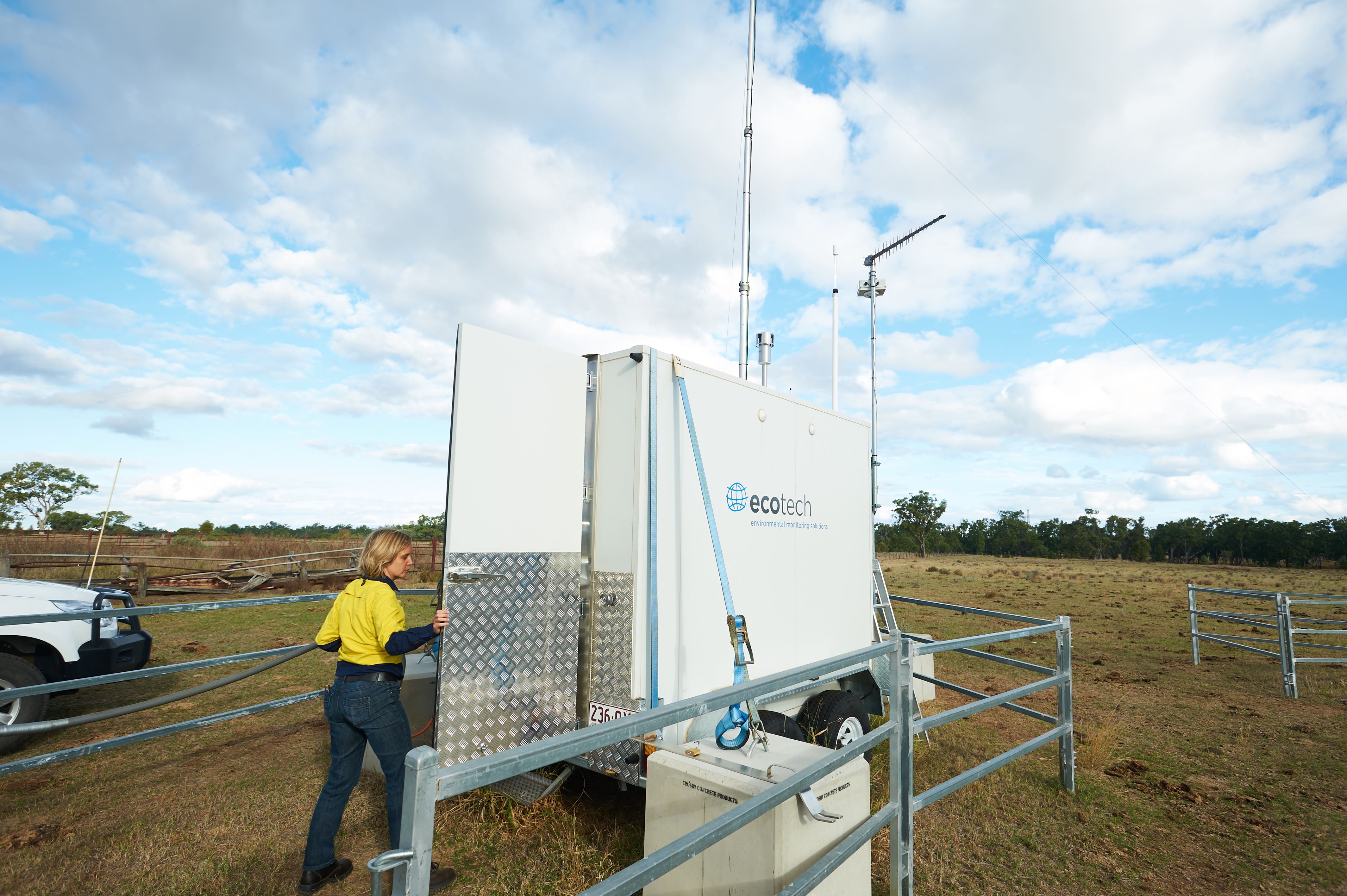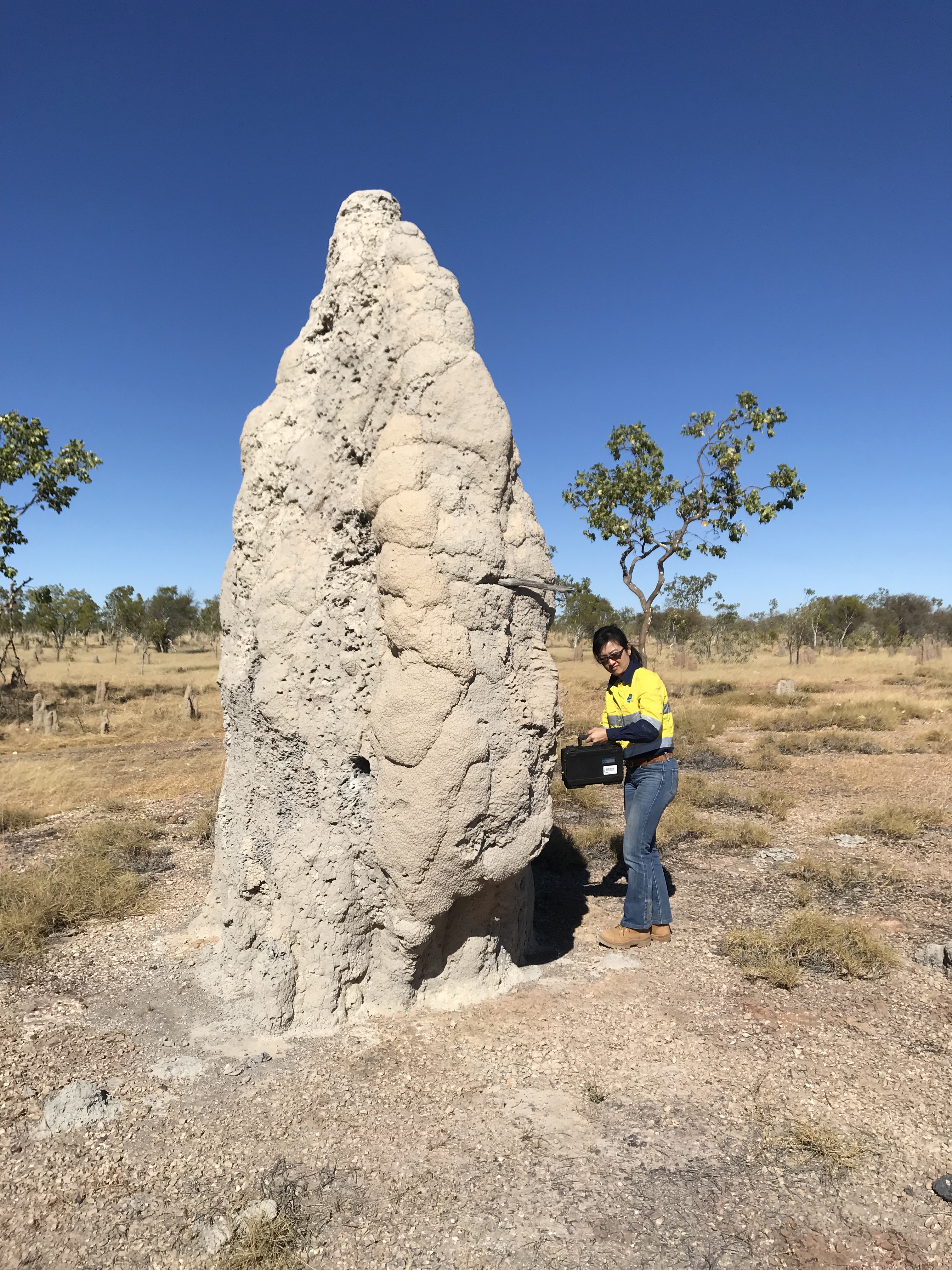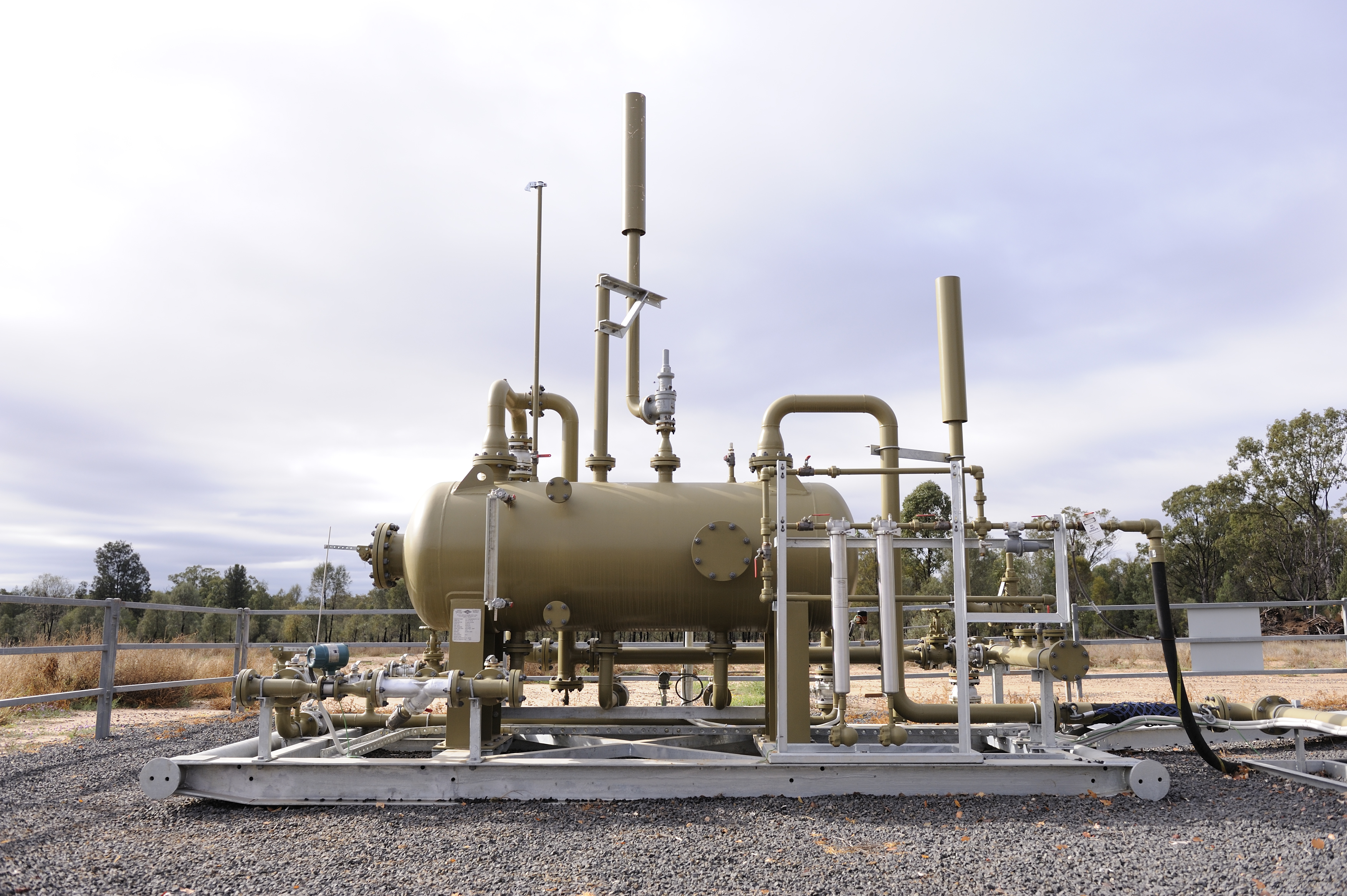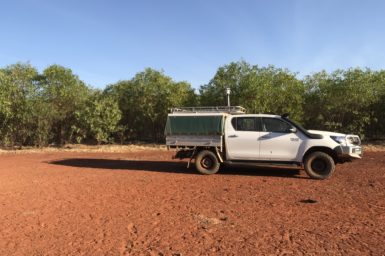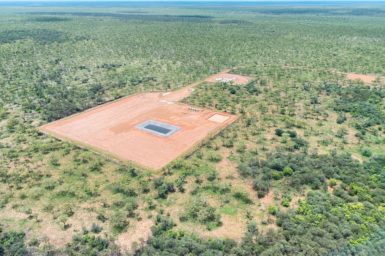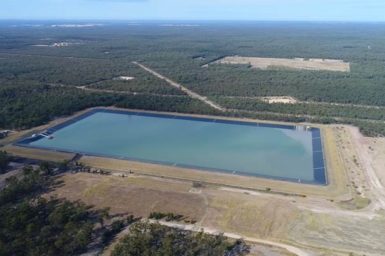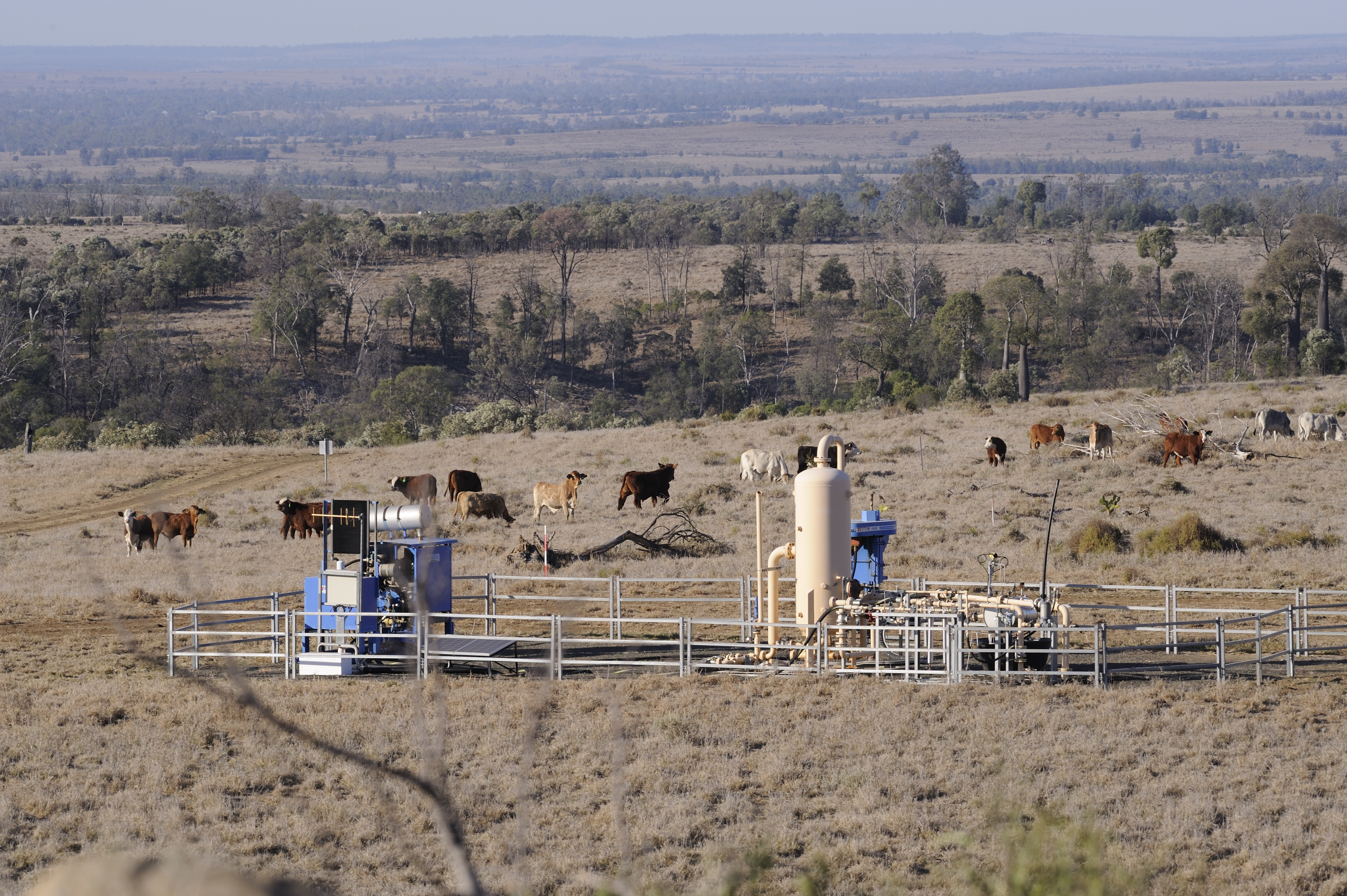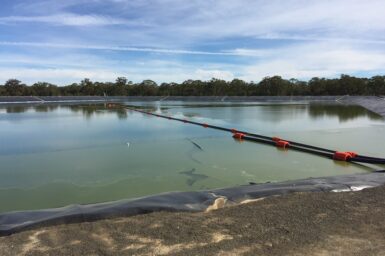Greenhouse gases and air quality
Research into greenhouse gases (GHGs) aims to improve our understanding on emission sources, life cycle and impacts on air quality
GISERA’s GHG and air quality research ranges from measuring methane emissions and life-cycle analyses to baseline monitoring. Click on each project for more information.

